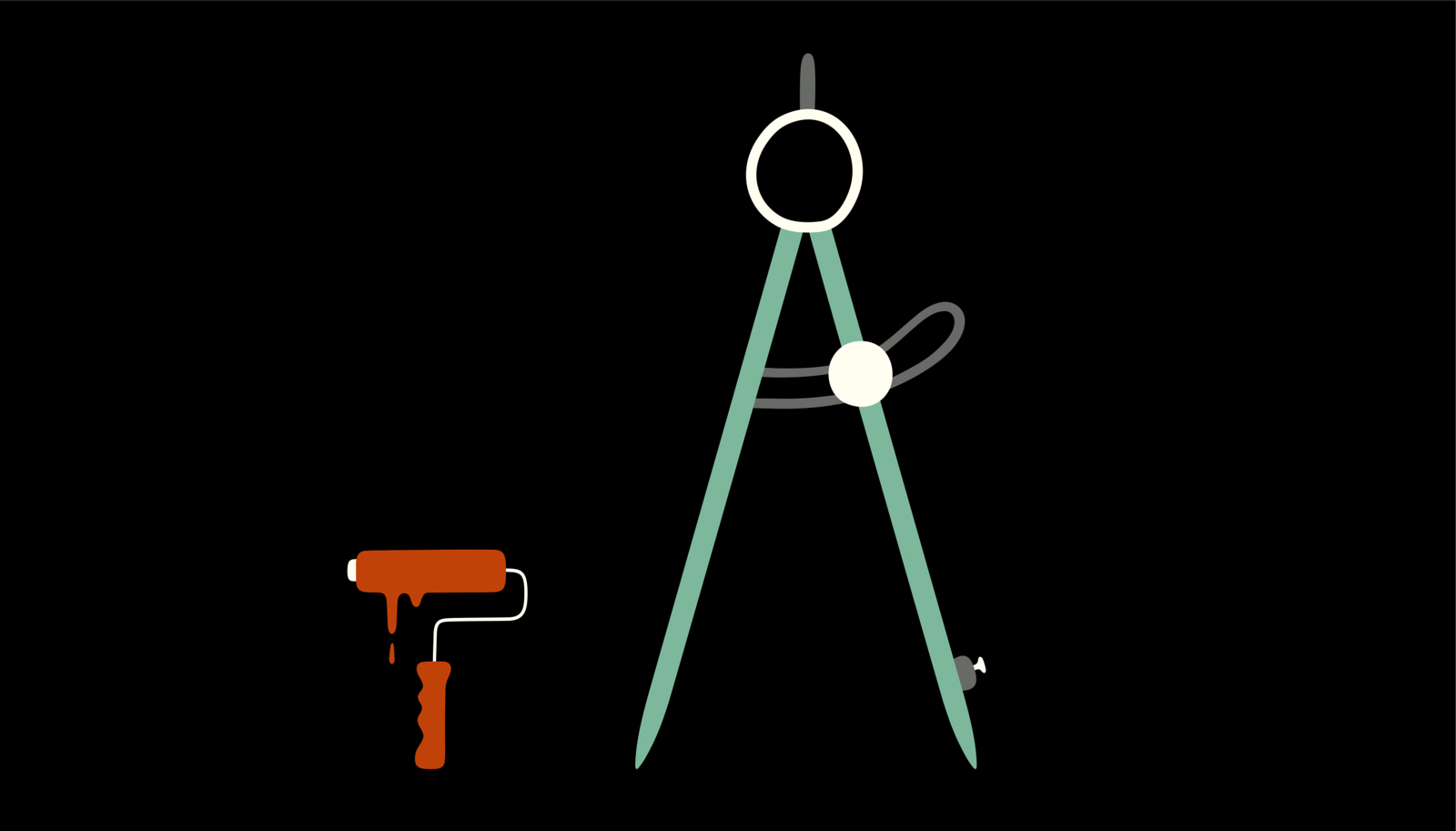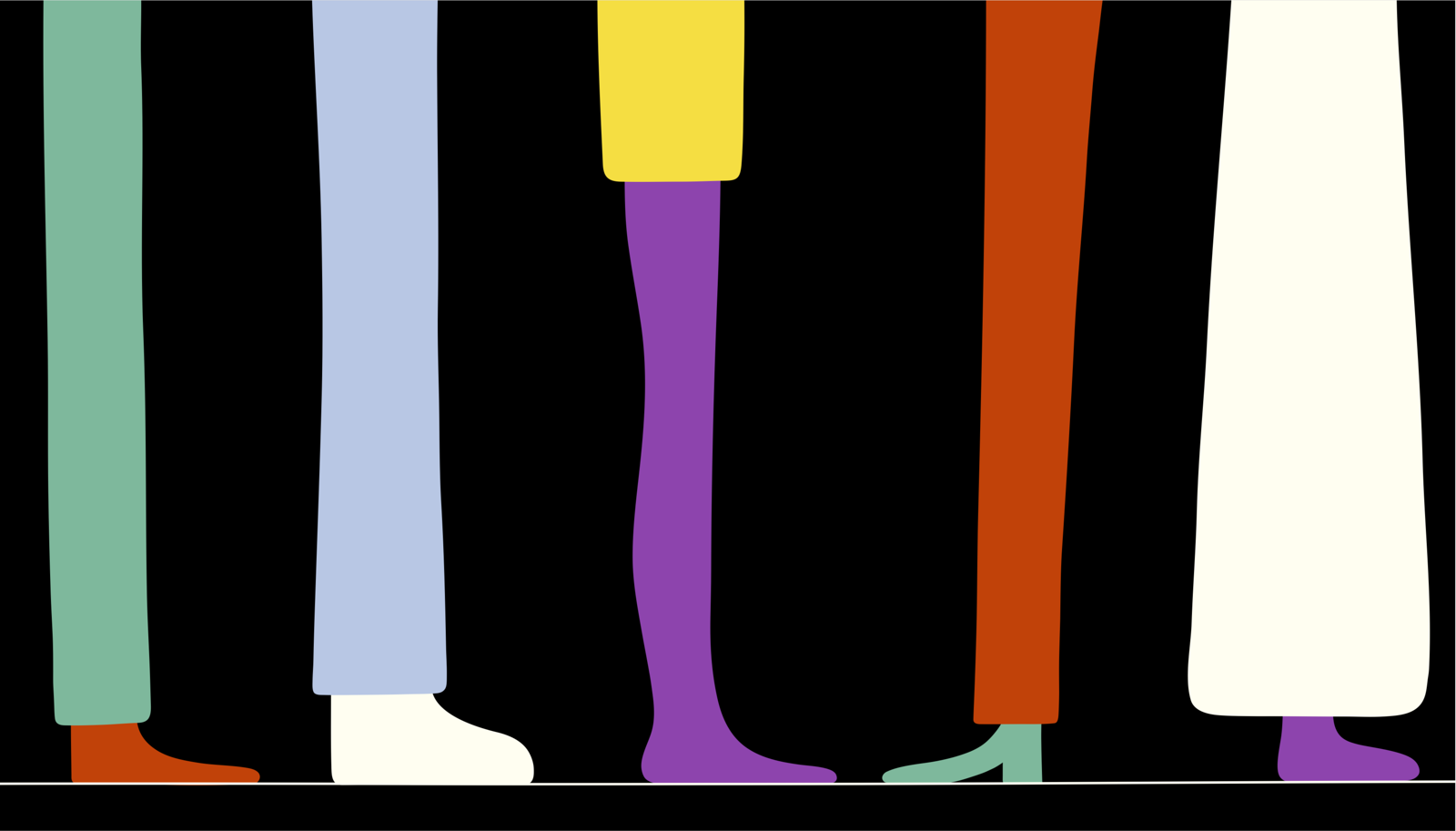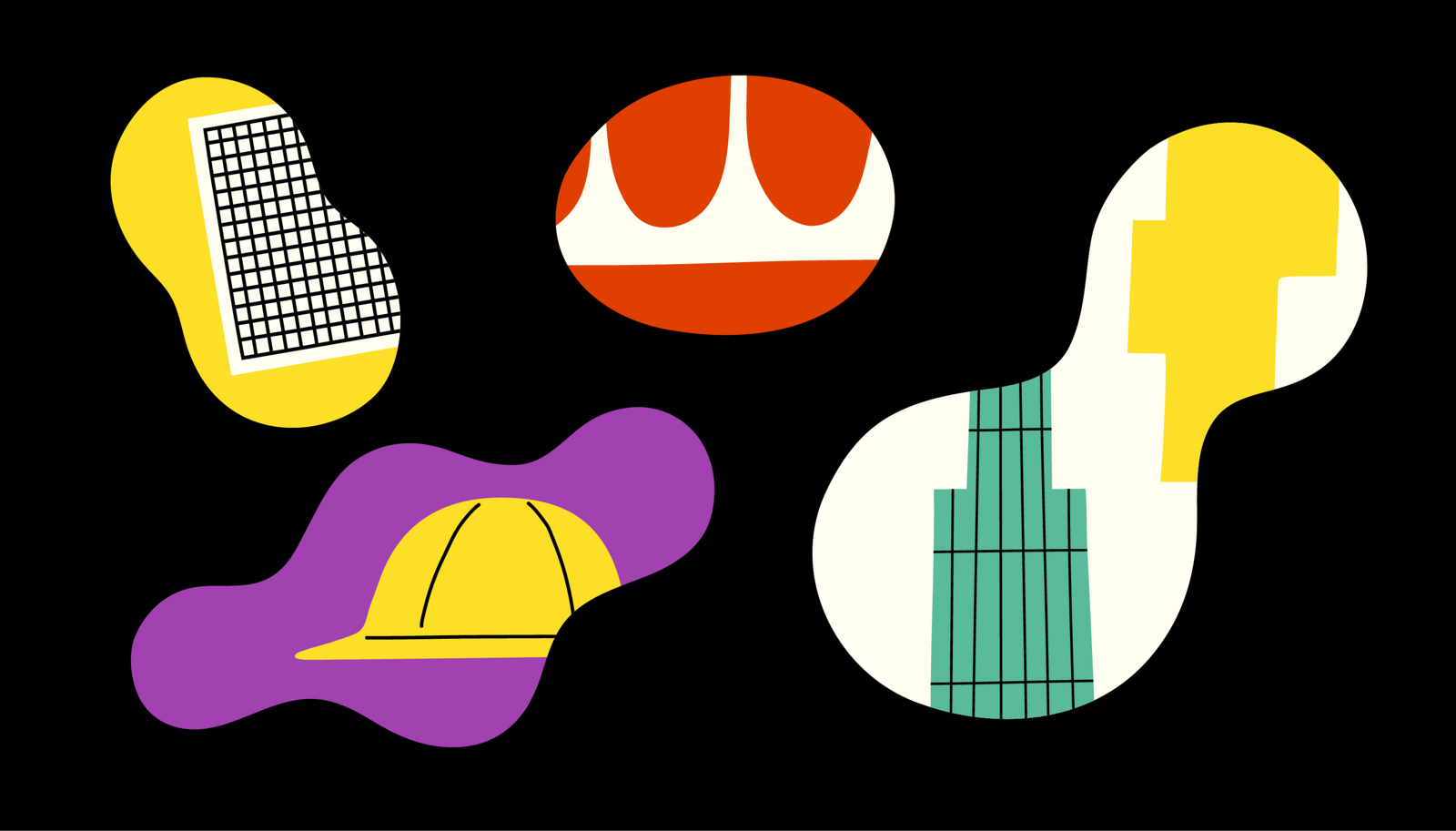The neoliberalization of public services and austerity-led stripping of government finance towards the operation of museums across North America and Western Europe has given rise to a novel condition where the future of museums rests on dynamic income generation beyond traditional government funding. This growing reliance on non-governmental grants and donations, alongside corporate sponsorship, now requires armies of professionals to find ways to finance high fixed overheads—such as disproportionality inflated directorial-level wages—needed for long-term stability. Commonly referred to as “Development,” “Giving,” “Donor Engagement,” or “Advancement” employees, such laborers need access to data that can quantify the success of institutions in a highly bureaucratized process of financial security.1 Prosperous visitor figures, conversion rates from visitor to member, and press and social media engagement, are all data points that can be used to justify and secure the funding required to remain solvent.
As a result, the visitor experience has become increasingly important to the museum. When purchasing tickets for exhibitions through institutional websites, a chat box pops up to ask whether you would like to discuss your visit prior to confirming your order. On entering the site, be it physical or digital, you are greeted by welcomers who reassure you that they are there to help by listening to any questions you may have about your experience. When in the exhibition space, a hashtag encourages you to take part in the conversation online. As you exit, a QR code recommends that you leave a review, and later that evening you receive an email inviting you to recommend the experience to friends and family. Today, the museum is attentive, vigilant to what it thinks you want.
In abject avoidance of a “poor” experience—publicized on sites like TripAdvisor, through social media, or even word of mouth—exhibitions today are amorphous to the shifting values and opinions of their audiences-cum-customers. The need to imprint visitors with a lasting impression that not only encourages them to return to the museum in question but also to construct their encounter online fuses curatorial practice with public relations. In this context, the visitor becomes user, and the curator the producer of experience.2 This is crystalized through a particular aspect of the exhibition referred to as the “moment.” It is the climax to the exhibition journey: it is when mediated emotion, immersion, and sensory stimulation converge, with multi-modal flows of image, sound, object, text, and spatial dynamics conjuring an enveloping and transcendental experience. While you want to dwell within it, you know that it is fleeting, and so you document it, and maybe even share it. The “moment” justifies the resources expelled on your visit—time, finance, attention, and cultural capacity. You made the right decision to come to this exhibition. You have something to show for it.


Random International’s Rain Room (2012) installed at MoMA in 2013. Photo: Dan Nguyen.
One recent example of these once-called “Instagrammable” moments is artist Olafur Eliasson’s insertion of an indoor rainbow, Beauty (1993), at London’s Tate Modern for In Real Life (2019), whose intention to raise public consciousness around the tangible and urgent impacts of overlapping climate crises was quickly overshadowed by visitors wanting to take selfies. The image of the exhibition, a palette of hazy and dreamlike pastel hues, has since become iconic. One can draw a neat trajectory between Eliasson’s monograph and another exhibition project that is most commonly remembered for its effect on subsequent curatorial practice: Random International’s Rain Room (2012). First shown in London’s Barbican and later New York’s Museum of Modern Art, the immersive environment offered visitors the experience of walking through heavy rainfall without getting wet. Like Eliasson’s rainbow, Rain Room was also intended as an emblem of climate catastrophe, but what is remembered, and what mattered, was the novelty of the experience itself. Its popularity across social media, reflected in visitor numbers, seemed to assert that sublime, unique experiences were benchmarks for success. This, in turn, pressured other exhibitions to inculcate similarly “moment”-driven experiences, marking a shift in exhibition-making that embodies the triumph of perception. The “moment” is the immersive installation; the spatial void; the refractive mirror; the sonic interaction. The “moment” is all of these combined, or perhaps none of them at all; you know it only once you have experienced it.
Mark Wigley interrogates the methodological turn of visitor-cum-user through a common dyad through which exhibitions can be broadly taxonomized: discursive versus immersive.3 These foundations of experiential exhibition-making, however, have been expanded. The early teens saw the introduction of “blockbuster” exhibitions, whose success relies upon their curatorial capacity to blend discursiveness with immersion and distinct moments throughout the gallery. The 2013 exhibition David Bowie Is at London’s Victoria & Albert Museum (V&A) examined the life of its namesake through an in-depth and multimodal gallery journey. The curatorial team worked with audio-visual contractor Sennheiser to develop an audio tour that required visitors to wear headphones, but which they could not navigate or direct. Instead, the sonic journey responded to visitors’ specific location in the rooms. Some critics argued that the insular audio route isolated visitors from one another, while others stated that the visit became intimate as a result of their individual experience and pace.4 And, for the first time, the V&A worked with theater and opera companies (59 Productions and Real Studios) instead of architects to design a scenography for the exhibition that responded to the content of the show. Upending a longstanding approach to exhibition production, this notion of a scenography or “set”—as opposed to a build that responds primarily to a linear route around the gallery or between objects—positions the gallery as a space of performance in which visitors were on the receiving end of a show.


View of the 2013 David Bowie is… exhibition at the Victoria & Albert museum. Source: Culture Northern Ireland.
There is increasing pressure on institutions today to become all “moment”, or at least increase resources to a singular “moment” within the gallery that can leave a lasting impression on the visitor. But the budget required to facilitate such multi-modal “moments” are a challenge to secure given the austerity measures facing contemporary museums previously highlighted, reinforced by the COVID-19 pandemic. In addition, the reliance on the somatic as the singular interpretive entry to such exhibitions often overlooks the ability of different bodies to engage with them. The unity of sound, image, text, and movement frequently necessitates that all elements must be experienced at once in order to fully experience its power.
There is, in all of this, a genuine and well-intentioned desire to create the space for audiences to experience part of something closer to the overarching curatorial aims of an exhibition, beyond objects and texts. But what if instead of creating these compartmentalizing “moments” in the gallery—where visitors are beckoned into their phones, or where not all bodies can engage—our ability to experience questions raised by an exhibition was installed in some other way, as an atmosphere throughout the entire gallery? What if the site-specific conditions surrounding an exhibition were activated, as opposed to removing visitors from them altogether? This approach to curating creative intervention could be experienced during art collective Liberate Tate’s six-year-long agitation for Tate to curtail major oil corporation BP from its sponsorship roster. Activating the conditions of the site as a form of institutional critique can challenge some of museological practice’s most urgent questions. As one possibility, given the imperial legacy of many museums and the urgent need to update and challenge museological practice, this dislocation from site could be viewed as a missed opportunity to engage with the site-specific conditions of the experience’s production. The colonial and extractive histories that foreground the idea of the museum—and the dispossessed collections on which many of these institutions are constructed—are obliterated through the curatorial practice of being immersed “elsewhere,” removing visitors in an otherworldly “moment.”
As a discipline rooted in the practice of designing space for many forms of community, architecture can be used as a curatorial device to instill this sense of atmosphere within the exhibition and avoid the hard-worn tropes currently imbued within curatorial practice around the “moment”. Architecture is also a largely unfulfilled curatorial tool when it comes to exhibiting the practice itself. In more traditional discursive exhibitions, the practice of exhibition making is a well codified process centered on arranging objects and narrative in space. From architecture’s genesis in the museum space, it became sublimated to the abiding traditions of exhibiting art; models were placed on cloth-covered plinths, with less formal visual culture, like photography and drawing, displayed in a salon-style hang. As the scholar and curator Henry Urbach posits, from this moment forward, “architecture was welcome in the museum gallery so long as it agreed to these, or similar, representational conventions and declined, quite simply, to be architecture.”5 Architecture was thus extrapolated from its innate atmospheric expansiveness; the possibility for the very stuff of buildings—spatial dynamics, atmosphere, communality—to be used as a curatorial possibility was eliminated.


Renzo Piano: The Art of Making Buildings (2018) at the Royal Academy of Arts, London. Source: Royal Academy of Arts, London.
Even at the technological turn of digital design programs within architectural practice, architecture exhibitions grasped onto the romantic display of process through easels and paper. The Renzo Piano: The Art of Making Buildings (2018) exhibition at London’s Royal Academy of Arts curatorially drew from an archaic notion of architectural design. Visitors were invited to sit over sketches and models as if individual draftspersons within the design process, departing from the very real condition that the mostly large-scale building projects on display—like The Shard, the tallest building in the United Kingdom—were designed; not with pencils and tracing paper but, nostalgically, on a computer with building integrated modeling software. In addition, the exhibition reinforced the idea of the architect as a lone genius, ferreting away at his desk with his master’s tools. This overlooked the labor that teams of architects often working under precarious and testing conditions contributed to the design process.


Grafton Architects’ contribution to the 2014 exhibition Sensing Spaces at the Royal Academy of Arts, London. Photo: James Harris.
There have of course been serious attempts to resuscitate architecture’s innate qualities within the walls of the gallery. In that same institution, the Royal Academy staged an exhibition in 2014 called Sensing Spaces: Architecture Reimagined, which commissioned several architects to create work that looked beyond the purely materialist aspects of a building. The projects on display—such as Grafton’s room-sized steel-frame installation, or Diébedo Francis Kéré’s installation made of drinking straws—elevated the specificity of their site while also furthering the capacity to experience the atmosphere of architecture. The curatorial approach to this exhibition harks back to Urbach’s call for an exhibition to avoid the isolated containment of “moment,” but to view architecture in its expansiveness throughout the gallery, and therefore celebrate its atmospheric quality in situ. In this form, visitors could be united in a more convivial process of collectively, interrupting the neoliberal ideology of individualism that has created the conditions for high functioning experiences in the first place.


View of the Matrix Feminist Design Co-operative exhibition How We Live Now (2021) at the Barbican, designed by EDIT. Photo: Thomas Adank.
More recently, the Barbican staged How We Live Now (2021); a survey exhibition examining the work of Matrix Feminist Design Co-operative in a free and open space in the building’s atrium. Active in the 1980s and 1990s, the group were the first architectural practice to explicitly refer to themselves as “feminist,” diverting from traditional design practices that centered “women as/in home” and nuclear family as the default dweller. At the Barbican, the curatorial team worked with contemporaneous feminist collective EDIT on designing the space, as well as an accompanying “alternative” exhibition catalogue. The exhibition materialized as a living archive based around a curved structure, inspired by the conviviality of informal spaces of engagement and communality that were so central to Matrix’s practice. Transparent walls encased the audience to reflect the porousness of material on display and the pedagogical curatorial approach. Thanks to the architecture of the exhibition, one did not need a formal education in the discipline to make sense of Matrix’s seminal challenges to the practice.


View of David Adjaye: Making Memory (2019) at the Design Museum in London. Photo: Ed Reeves.
In 2019, I was part of the curatorial team—along with Alex Newson and Thomas Aquilina—who produced David Adjaye: Making Memory at the Design Museum in London. Covering seven of the British-Ghanaian architect’s public works (some unrealized), the exhibition tried to challenge how buildings can encapsulate history, memory, and narrative through the display of landmark projects, such as the National Museum of African American History and Culture (Smithsonian NMAAHC). We set out to diverge from traditional and hegemonic notions of the architect in their studio. We sourced objects and artworks that responded to Adjaye’s design process—like the veranda post by Yoruban sculptor Olowe of Ise, whose triple-tiered crown directly informed the corona topology of the NMAAHC—and commissioned David’s brother, sound artist, and frequent collaborator Peter Adjaye to produce an atmospheric soundtrack for each building on display. Our aim was to allow visitors to partly experience these buildings, as well as their political and cultural significance.
Architecture can be revived in the museum in meaningful and powerful ways. As a discipline concerned primarily with facilitating how space can be shared, its innate qualities overlap with traditional notions of the museum: a place to meet with others, challenge one’s assumptions, and expand horizons. The answers are all there, in the stuff of buildings themselves.
In his Utopia of Rules, David Graeber cannily coins bureaucracy as the water in which we swim. The gradual societal and governmental slippage into a neoliberal economy and open market system requires on army of administrators to keep such a system afloat, leaving a collapsing contradiction at its core. Any notion of a completely ‘open market’ willfully ignores that globalized markets do not simply emerge as some autonomous domain independent of the hands of state authorities–they are in fact complex, and knotty. David Graeber, The Utopia of Rules: On Technology, Stupidiy, and the Secret Joys of Bureaucracy (2015) Melville House Publishing.
As conjured by Mark Wigley, the ubiquity of the internet in public life creates a museum system that has “already been condensed into a cell phone,” with the institution designed and laid out to “reduce your role as viewer.” Mark Wigley, “Discursive versus Immersive: The Museum is the Massage,” Stedelijk Studies 4 (Spring 2016), ➝.
So-called “research-led” exhibitions traditionally foreground the fixed site from which the experience sits: the fabric of the building, including gallery space and display mechanisms, is used to elevate objects in space. Yet the immersive exhibition pushes this frame out of our perception; despite the tools used to deliver on the experience, they become almost like a “sensory deprivation tank.” Ibid.
In 2018, then Rolling Stone journalist Corey Seymour reviewed David Bowie Is for Vogue, writing, “The headphones essentially isolate visitors from one another; there’s little or no chatting or discussion among friends. The upside of this, of course: Everyone has their own experience, at their own pace.” Seymour Corey, “‘David Bowie Is,’ A Feast For the Senses (and the Bowie Obsessive), Arrives at the Brooklyn Museum.” Vogue (March 1, 2018), ➝.
Henry Urbach, “Exhibition as Atmosphere,” Log 20 (2010): 11–17, ➝.
Solicited: Proposals is a project initiated by ArkDes and e-flux Architecture.
















